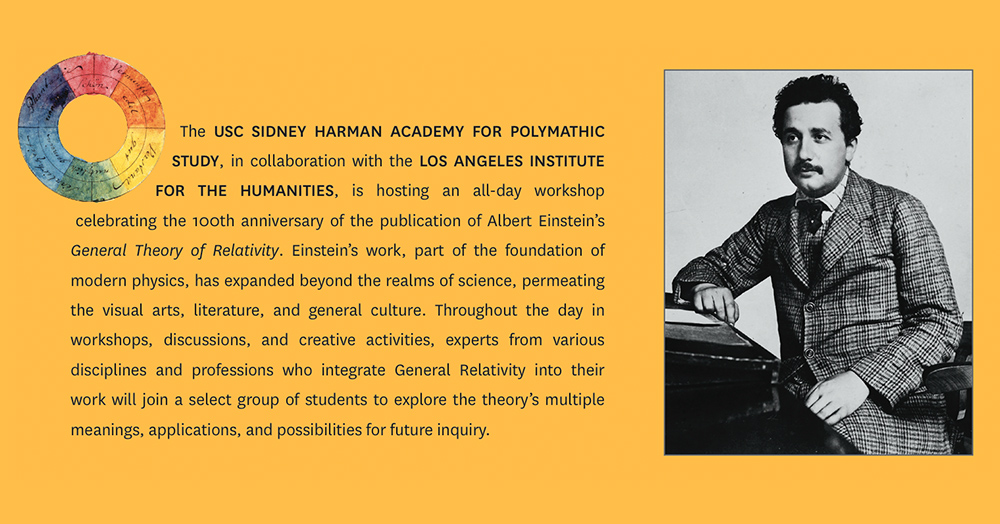 They recorded one of the panels I was on at SXSW as a 30 minute episode of the BBC World Service programme CrowdScience! The subject was science and the movies, and it was a lot of fun, with some illuminating exchanges, I had some fantastic co-panellists: Dr. Mae Jemison (the astronaut, doctor, and chemical engineer), Professor Polina Anikeeva (she researches in materials science and engineering at MIT), and Rick Loverd (director of the Science and Entertainment Exchange), and we had an excellent host, Marnie Chesterton. It has aired now, but in case you missed it, here is a link to the site where you can listen to our discussion.
They recorded one of the panels I was on at SXSW as a 30 minute episode of the BBC World Service programme CrowdScience! The subject was science and the movies, and it was a lot of fun, with some illuminating exchanges, I had some fantastic co-panellists: Dr. Mae Jemison (the astronaut, doctor, and chemical engineer), Professor Polina Anikeeva (she researches in materials science and engineering at MIT), and Rick Loverd (director of the Science and Entertainment Exchange), and we had an excellent host, Marnie Chesterton. It has aired now, but in case you missed it, here is a link to the site where you can listen to our discussion.
-cvj Click to continue reading this post →
 Perhaps you were intrigued by the review of The Dialogues, my non-fiction graphic novel about science, in Saturday’s Spectator? Well, I’ll be talking about the book tomorrow (Thursday) at the bookshop Libreria in London at 7:00 pm. Maybe see you there! #thedialoguesbook
Perhaps you were intrigued by the review of The Dialogues, my non-fiction graphic novel about science, in Saturday’s Spectator? Well, I’ll be talking about the book tomorrow (Thursday) at the bookshop Libreria in London at 7:00 pm. Maybe see you there! #thedialoguesbook









